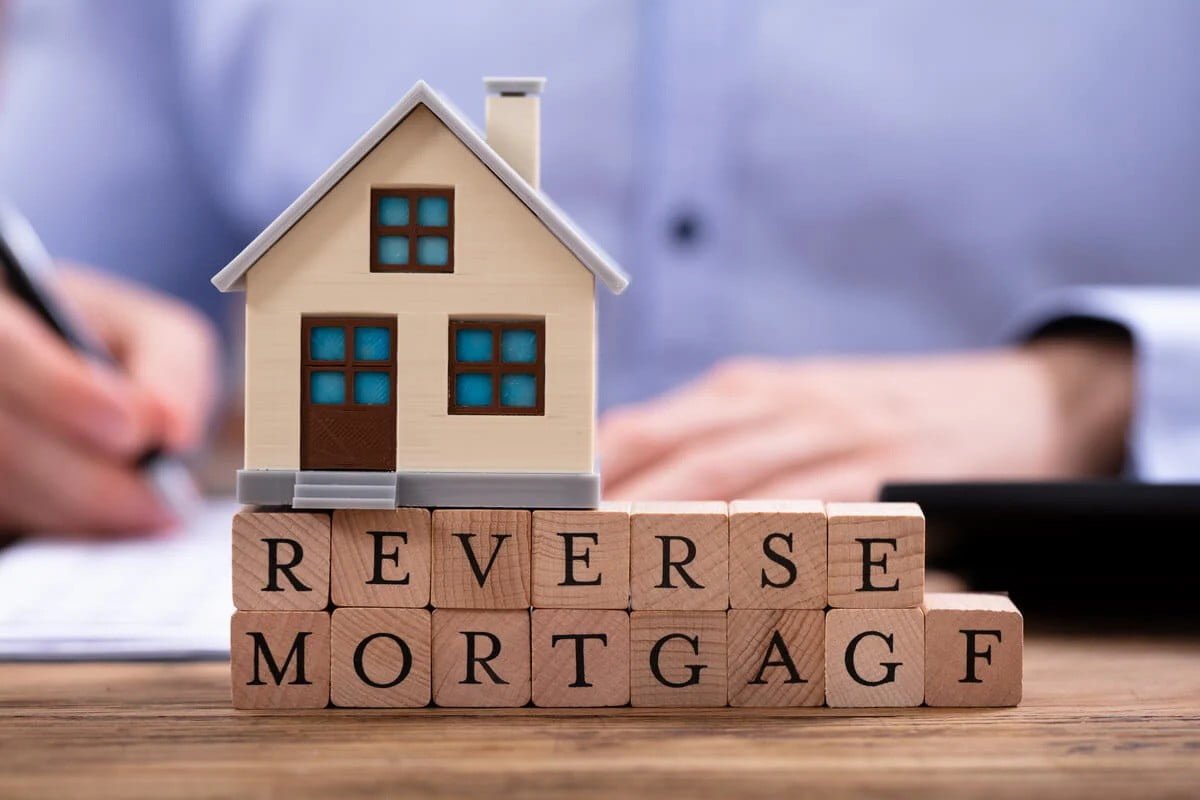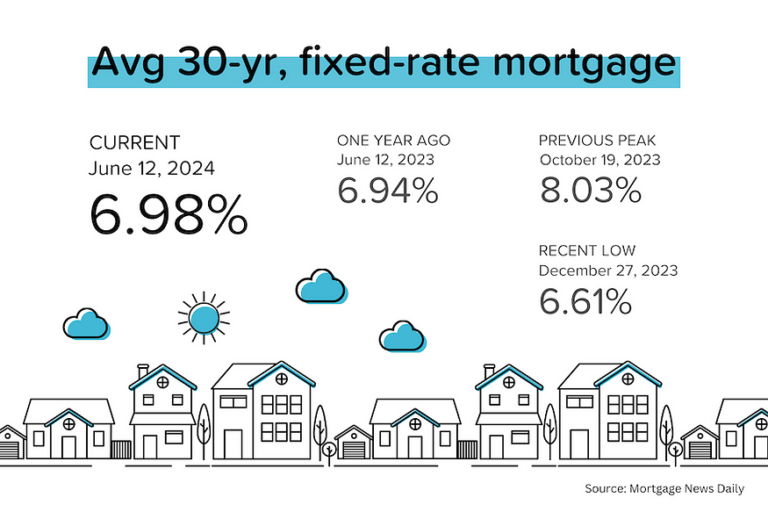Are you dreaming of a new home but feel like your financial options are limited? What if we told you there’s an innovative pathway that can turn that dream into reality—from leveraging the equity in your current property to stepping into a brand-new space? Welcome to the world of reverse mortgages, where homeowners aged 62 and older can unlock hidden assets without monthly repayments, paving the way for a fresh start. In this blog post, we’ll explore how you can harness the power of a reverse mortgage to not only secure funds for your next purchase but also redefine what “home” means at this exciting stage of life. Whether you’re looking to downsize, upsize, or simply relocate to somewhere more suited to your lifestyle—let’s discover together how reversing the mortgage might be just the key you’ve been searching for!
What is a Reverse Mortgage?
A reverse mortgage is a type of loan that allows homeowners, typically those who are older and have built up equity in their homes, to convert a portion of their home’s value into cash. Unlike traditional mortgages where borrowers make monthly payments to the lender, with a reverse mortgage, the lender makes payments to the borrower.
Eligibility Requirements for a Reverse Mortgage
To qualify for a reverse mortgage, you must be at least 62 years old. This age requirement is crucial as the loan is designed specifically for seniors looking to tap into their home equity.
Homeownership is another essential factor. You need to own your home outright or have a low remaining balance on an existing mortgage.
Your primary residence status matters too. The property must be your main living space, whether it’s a single-family house, condo, or manufactured home that meets Federal Housing Administration FHA guidelines.
Additionally, lenders will assess your financial situation. This includes evaluating income and creditworthiness to ensure you can cover ongoing costs like property taxes and insurance.
Being informed about these criteria can help streamline the process when considering this option for accessing funds from your home’s value.
How Does a Reverse Mortgage Work?
A reverse mortgage allows homeowners to convert a portion of their home equity into cash while still living in the home. Unlike traditional mortgages, monthly payments are not required.
Instead, the loan balance increases over time as interest accrues. The homeowner receives funds either as a lump sum, monthly payments, or a line of credit.
When they sell the house or pass away, the loan becomes due. At that point, heirs can repay it by selling the property or refinancing it.
The amount borrowed depends on several factors: the age of the borrower, current interest rates, and home value. Potential borrowers must understand these variables before making decisions.
While reverse mortgages offer financial flexibility for seniors wanting to purchase a new home, it’s essential to consider long-term implications and how they fit within your overall financial plan.
Steps to Use a Reverse Mortgage for Buying a New Home
To use a reverse mortgage for buying a new home, start by researching eligible properties. You may need to find homes that meet specific standards set by the (FHA).
Next, consult with a lender experienced in reverse mortgages. They can guide you through the process and clarify any questions about terms or conditions.
Once you’ve selected your new home, complete an application for a Home Equity Conversion Mortgage (HECM). You’ll need to provide documentation such as income statements and credit history.
After approval, you’ll receive funds based on your home’s appraised value. These funds can then be applied towards purchasing your new property.
Make sure to understand all fees involved in this transaction as they can vary widely depending on lenders and locations. Keep track of timelines throughout the process to ensure everything runs smoothly.
Benefits of Using a Reverse Mortgage to Buy a New Home
- Using a reverse mortgage to buy a new home can open up exciting opportunities for retirees. It allows you to leverage the equity in your existing home without monthly payments, freeing up cash for other expenses.
- One significant benefit is increased financial flexibility. By using the funds from a reverse mortgage, you can purchase a more suitable or desirable residence tailored to your lifestyle needs.
- Additionally, this type of financing doesn’t require traditional income verification. This means even those on fixed incomes may qualify with ease, broadening access to housing options.
- Reverse mortgages also provide peace of mind. Homeowners retain ownership while enjoying all the benefits of living in their new property—without the burden of monthly mortgage payments weighing them down.
Risks and Considerations of Using a Reverse Mortgage
Using a reverse mortgage can be an attractive option, but it comes with its own set of risks. Here are some of the risks and considerations that need to be noted.
- One significant concern is that the loan reduces your equity in the home over time. This means you may have less wealth to pass on to heirs.
- Additionally, homeowners must stay current on property taxes and insurance. Failing to do so could lead to foreclosure.
- Another factor is the costs associated with setting up a reverse mortgage, which can include closing fees and other expenses. These costs might eat into your available funds.
- It’s also essential to consider how this type of financing affects government benefits like Medicaid or Supplemental Security Income (SSI). The extra income from a reverse mortgage could impact eligibility for these programs.
- Lastly, market fluctuations can influence property values. A downturn could leave you owing more than your home is worth if you decide to sell later on.
Final Thoughts and Important Tips
Buying a new home using a reverse mortgage can be an attractive option for many seniors. This financial tool allows you to leverage the equity in your current home, providing you with funds to purchase another property without the burden of monthly mortgage payments.
When considering this route, it’s essential to remain informed about eligibility requirements and how reverse mortgages work. Understand both the benefits and risks involved. While accessing cash through a reverse mortgage can open doors to new opportunities, it’s crucial to weigh these against potential drawbacks like high fees or reducing your estate’s value.
If you’re contemplating this decision, consider consulting with a financial advisor who specializes in reverse mortgages. They can help clarify any uncertainties and guide you toward making the best choice for your unique situation.
Additionally, always explore alternatives before committing. There may be other financing options that align better with your long-term goals.
As you navigate this process, remember that knowledge is power. Stay updated on market trends and loan products available today. With careful planning and consideration, buying a new home using a reverse mortgage could become an empowering step towards enjoying your retirement years fully while living in comfort.
Make sure that every detail aligns with what matters most—your peace of mind as you embark on this exciting journey!




